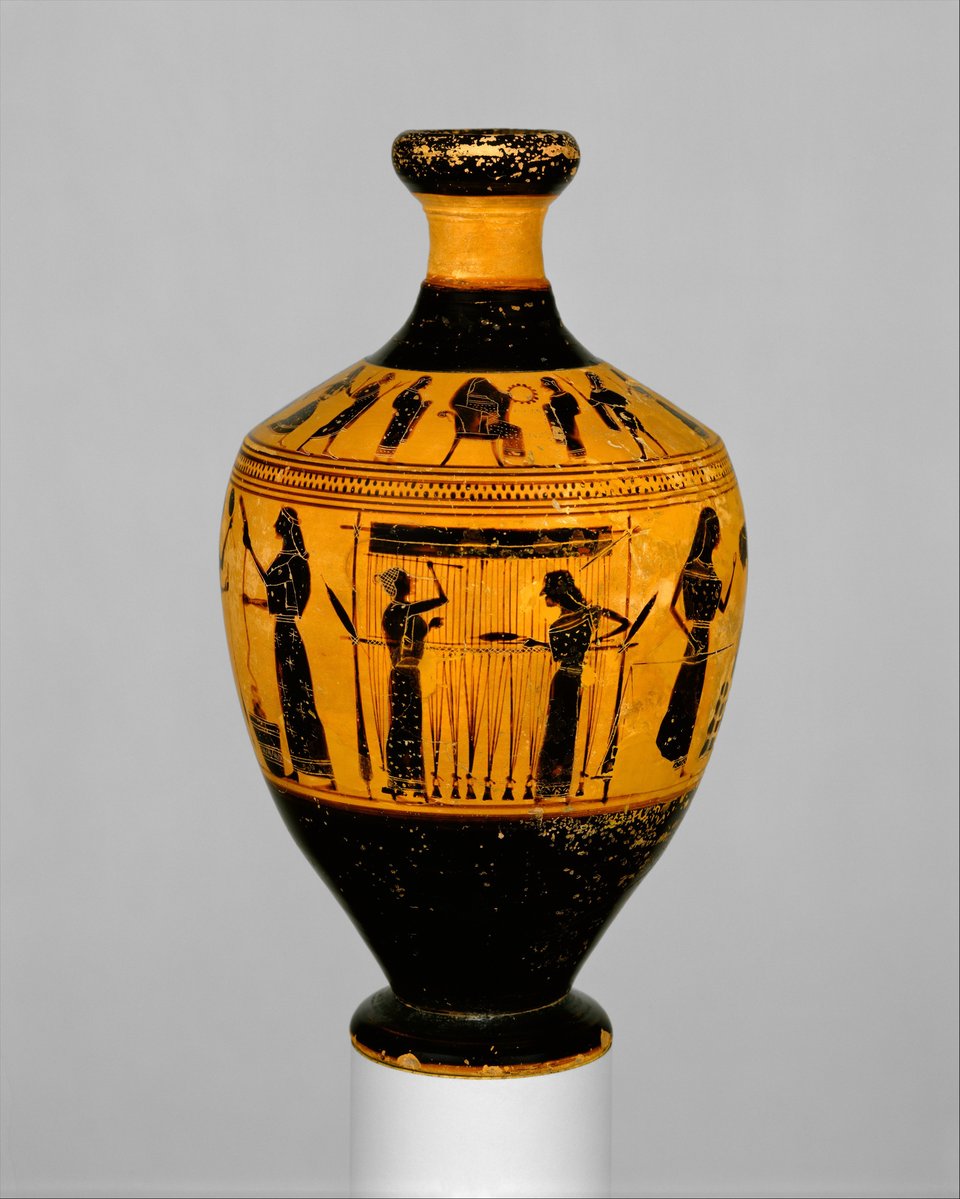The Facts about "Artifact"
The Facts about "Artifact"

An artifact is "an object made or modified by human workmanship, as opposed to one formed by natural processes" (OED s.v.). The word's original spelling, artefact, makes its etymology clear—it is a thing "made" (from Latin factum) "by art" (arte).
". . . as opposed to one formed by natural processes"—The second half of the definition signals a distinction between the world of art (human workmanship) and the realm of nature. Ancient Greeks often contemplated that basic distinction. And their thinking was aided by possessing a more vivid word for nature—φύσις (physis)—from the verb φύω, "to put forth growth" or simply "to grow." (The source of our word physics.)
Nature, or physis, is thus the order of spontaneous growth—the basic cycle of generation, maturation, and dissolution of life in every form. But the Greeks also applied the term physis to what we would call the nature of particular things. Each of the various beings which belong to the order of nature has its own particular nature—its distinctive way of being, a style of living that makes it what it is.
The poem "As Kingfishers Catch Fire", by Gerard Manley Hopkins, gives vivid expression to this quality of nature:
As kingfishers catch fire, dragonflies draw flame;
As tumbled over rim in roundy wells
Stones ring; like each tucked string tells, each hung bell’s
Bow swung finds tongue to fling out broad its name;
Each mortal thing does one thing and the same:
Deals out that being indoors each one dwells;
Selves — goes itself; myself it speaks and spells,
Crying Whát I dó is me: for that I came.
I say móre: the just man justices;
Keeps grace: thát keeps all his goings graces;
Acts in God’s eye what in God’s eye he is —
Chríst — for Christ plays in ten thousand places,
Lovely in limbs, and lovely in eyes not his
To the Father through the features of men’s faces.
Hopkins's poem traces a subtle progression, or ascension, up the ladder of beings—from the animal and geological (kingfishers, dragonflies, and stones) to the products of human craft (wells and bells) to the realm of human action (justice) and, finally, the order of grace (the "play" of Christ).
The heart of the poem is a meditation upon what it means to have a nature, to be a natural thing:
Each mortal thing does one thing and the same:
Deals out that being indoors each one dwells;
Selves — goes itself; myself it speaks and spells,
Crying Whát I dó is me: for that I came.
The poem can also help us see a mysterious quality within the art vs. nature distinction. For what is more distinctive of the particular "being" which humans "deal out" than its quality of "workmanship", of deliberate and careful craft, of methodical design and meticulous execution? It seems that being human—or human being—is to be by nature a maker of artifacts. To be endowed with the capacity for bringing into existence objects which manifest artful design. Objects which bear an imprint of significance—of the meaning made by human handiwork.
Hopkins's poem itself is an exquisite example of such workmanship—an artifact of close attending to sensory detail and skillful shaping of sound within the supple medium of living speech. It should remind us of the etymology of poet—from ποιητής (poiētēs), "a maker" or "workman", but also that special kind of workman we still call a poet.
Links
I have begun a new project called Daily Collection. You can find there every day's Latin Collect prayer and a Greek Lection (usually the Gospel reading). Or sign up for the "daily collection" to be delivered to your inbox.
Sara Hendren has been at work, recently with two excellent posts on triumph of the diagnostic? and a vocab lesson on describing the built world.
Witold Rybczynski on why ornament matters in architecture (via Alan Jacobs).
A beautiful interactive commentary on Auden's poem "Musée des Beaux Arts"—which he wrote after viewing Bruegel's "Landscape with the Fall of Icarus":

A Poem (and a Painting) About the Suffering That Hides in Plain Sight - The New York Times
With war looming, W.H. Auden stood in a museum and was inspired to write. The resulting poem, “Musée des Beaux Arts,” is one of the most famous ever written about art.
Bruegel's painting closely follows the version of the myth told by the Roman poet Ovid, which you can read in the original Latin in this wonderfully helpful edition of Geoffrey Steadman.
My friend and colleague John Cuddeback wrote a beautiful reflection on the youth of the new year.
Former Christendom College chaplain Rev. Donald Planty, Jr. wrote about The Four Pillars of the Christian Life. Fr. Planty is now pastor of St. Charles Borromeo Catholic Church in Arlington, Va. You can find out more about his P3 Young Adult Program here.